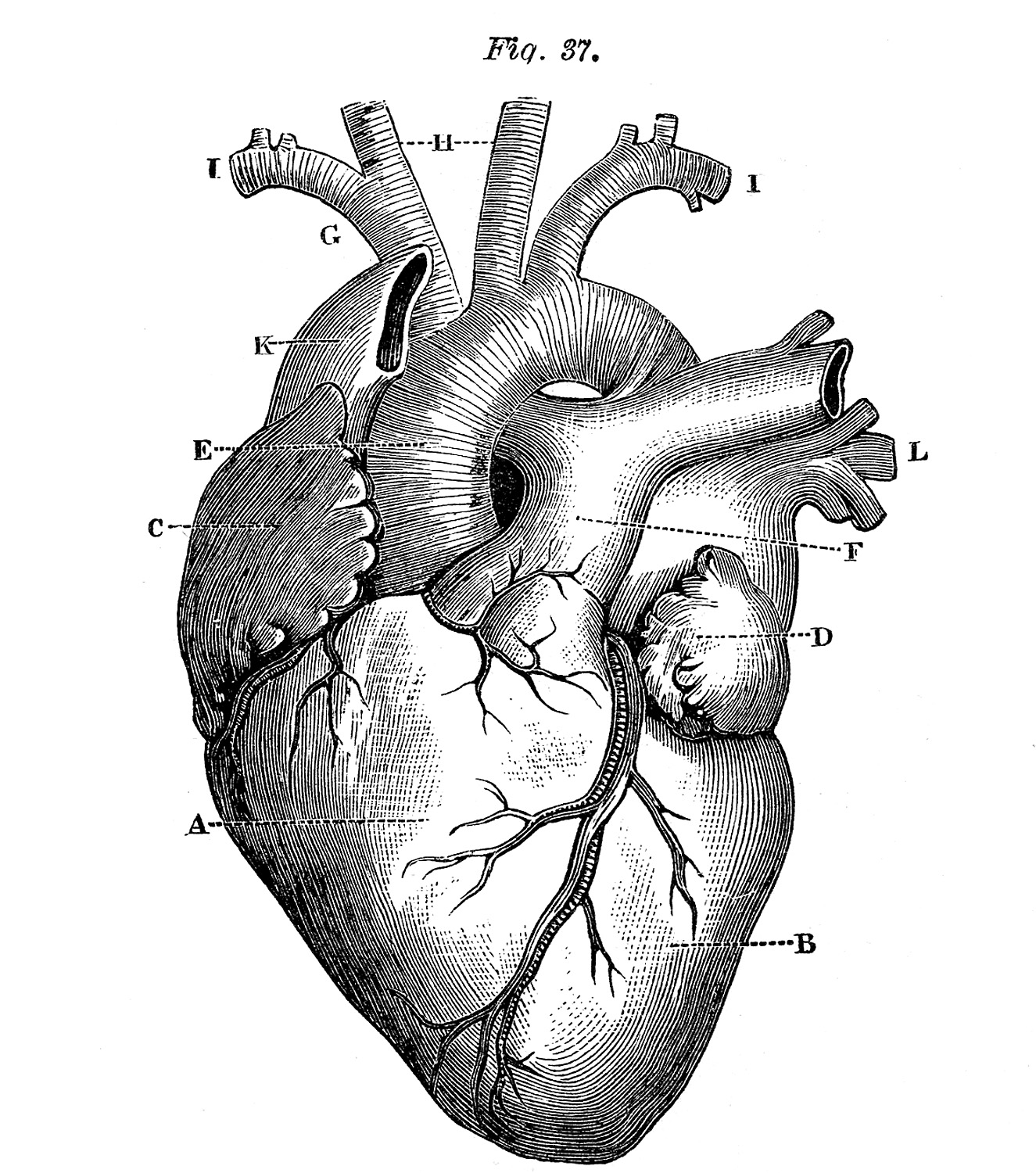How to Replace Your Aortic Valve

As Janet Joplin sang, “take another little piece of my heart now, baby”
“You know you've got it, if it makes you feel good…”I’m a big believer in the adage that the more you know about a surgery or medical condition, the less fearsome it is. I think we’ve all experienced enough shit by now to know whether or not we want more details or less. Now that my mother's surgery has been scheduled, I thought I would investigate it, to fill in what various phone conversations could not.
To that end, if you do not want to know how the aortic valve is replaced, read no further. If you do want to know how the Aortic valve replacement is performed - read on:
An aortic valve replacement is carried out under general anaesthetic. This means you will be asleep during the operation and not feel any pain.
The surgeon will begin the operation by making a large cut down the centre of your breastbone (sternum). This will be around 25cm (10 inches) long. This is known as a sternotomy and it allows the surgeon to access your heart.
Heart-lung machine
Tubes are inserted into your heart and major blood vessels, which are attached to a heart-lung (bypass) machine. When this is turned on, your blood is diverted into the machine instead of your heart. The machine pumps oxygen-rich blood around your body until the operation is complete, taking over the role of your heart and lungs.
Your heart is stopped by filling the coronary arteries (the blood vessels that supply your heart with blood) with a chemical solution. The body’s main artery (aorta) is clamped shut, so that your surgeon can open your heart and operate without blood pumping through it.
Replacing the aortic valve
Your surgeon will open up your aorta, so that they can see the aortic valve. The damaged valve is removed, and the new one put into place and attached with a fine thread (suture).
The surgeon will start your heart again, using controlled electric shocks, before taking you off the bypass machine. Your breastbone will be joined up with wires, and the wound on your chest closed using dissolvable stitches. Tubes are inserted into small holes in your chest (called chest drains) to drain away any blood and fluid that builds up.
The operation may be performed using smaller incisions and instruments, but you will still need to be connected to the bypass machine. In the future, it may be possible to perform this operation in a less invasive way, without the need for a bypass machine.
Choice of valve
There are two main types of replacement valve:
- Mechanical valves, which are made of man-made materials such as pyrolytic carbon (similar to graphite)
Biological valves, which are made of animal tissue - Each type of valve has advantages and disadvantages, which your doctor can discuss with you.
Generally, if you are under 60 years of age, the surgeon will recommend a mechanical valve replacement. If you are over 65, a biological valve replacement is usually recommended.
Mechanical valves
Mechanical valves are very hard wearing and long lasting.
However, there is a tendency for blood to clot on the surface of the valve. You will have to take anticoagulant (blood-thinning) medication to prevent clots forming. There is a small risk of blood clots causing a stroke, when the blood supply to your brain is disturbed.
Mechanical valves can make a clicking noise, which can be disturbing at first, although is very easy to get used to.
Biological valves
With biological valves, there is less risk of blood clotting. Therefore, anticoagulant medication is not usually needed, unless you are taking it for other problems. However, biological valves may not last as long in younger, more active people, so a replacement valve may be needed.
How long does the surgery last?
The operation usually takes 2 to 3 hours. The time from having the anaesthetic to waking up in the recovery room or intensive care unit (ICU) will be around 10 to 12 hours.
All information from the National Health Service, United Kingdom
Labels: health


0 Comments:
Post a Comment
<< Home